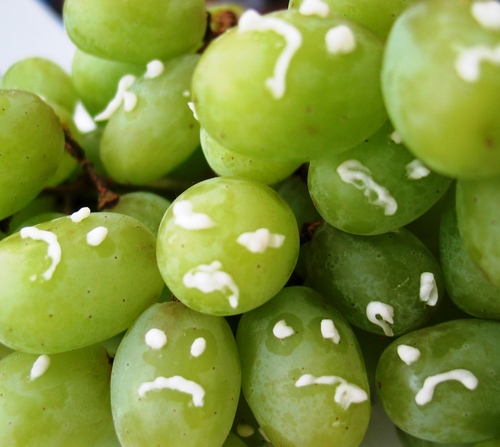Deep in the grip of the midwinter cold
Stars send a sparkling light.
All are asleep on this lonely farm,
Deep in the winter night.
The pale white moon is wanderer,
And snow lies white on pine and fir.
Snow glows on rooftop shake.
The tomte alone is awake.
Gray, he stands by the low barn door,
Gray by the drifted snow,
Gazing, as many winters he’s gazed,
Up at the moon’s chill glow,
Then at the forest where fir and pine
Circle the farm in a dusky line,
Mulling relentlessly
A riddle that has no key.
Rubs his hand through his beard and hair,
Shakes his head and his cap.
“No, that question is much too deep,
I cannot fathom that.”
Then making his mind up in a hurry,
He shrugs away the annoying worry;
Turns at his own command,
Turns to the task at hand.
Goes to the storehouse and toolshop doors,
Checking the locks of all,
While the cows dream on in the cold moon’s light,
Summer dreams in each stall.
And free of harness and whip and rein,
Even Old Palle dreams again.
The manger he’s drowsing over
Brims with fragrant clover.
The tomte glances at sheep and lambs
Cuddled in quiet rest.
The chickens are next, where the rooster roosts
High above straw filled nests.
Burrowed in straw, hearty and hale,
Karo wakens and wags his tail
As if to say, “Old friend, “Partners we are to the end.”
At last the tomte tiptoes in
To see how the housefolk fare.
He knows full well the strong esteem
They feel for his faithful care.
He tiptoes into the children’s beds,
Silently peers at their tousled heads.
There is no mistaking his pleasure:
These are his greatest treasure.
Long generations has he watched
Father to son to son
Sleeping as babes. But where, he asks,
From where, from where have they come?
Families came, families went,
Blossomed and aged, a lifetime spent,
Then-Where? That riddle again
Unanswered in his brain!
Slowly he turns to the barnyard loft,
His fortress, his home and rest,
High in the mow, in the fragrant hay
Near to the swallow’s nest.
The nest is empty, but in the spring
When birds mid leaves and blossoms sing,
And come with her tiny mate.
Then will she talke of the journey tell.
Twittering to all who hear it,
But nary a hint for the question old
That stirs in the tomte’s spirit.
Now through cracks in the haymow wall
The moon lights tomte and hay and all,
Lights his beard through the chinks,
The tomte ponders and thinks.
Still is the forest and all the land,
Locked in this wintry year.
Only the distant waterfall
Whispers and sighs in his ear.
The tomte listens and, half in dream,
Thinks that he hears Time’s endless stream,
And wonders, where is it bound?
Where is its source to be found?
Deep in the grip of the midwinter cold,
Stars send a sparkling light.
All are asleep on this lonely farm,
Late in this winter night.
The pale white moon is a wanderer,
Snow lies white on pine and fir;
Snow glows on rooftop shake.
The tomte alone is awake.









.jpg)




